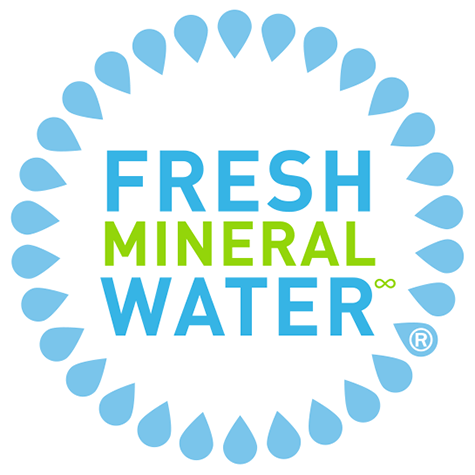Ideal pH Range for Swim Spas: 7.2 – 7.6
Test your swim spa’s pH level regularly (ideally twice a week) with a test kit or test strips. We also recommend that you take a water sample to a dealer test station once a month to verify the results.
One of the biggest parts of swim spa care is maintaining the chemical balance in your swim spa. The right pH level is essential for your sanitizer, usually chlorine, to work effectively. Chlorine is much less effective at higher pH levels; in fact, at a pH of 8.2, chlorine is only 15% effective. For reference, this is compared to 50% effective at a pH of 7.5, so chlorine is one third as effective at a pH of 8.2 versus a pH of 7.5.
If you’re using FROG® @ease® Sanitizing System for Swim Spas, use only FROG @ease Test Strips. Other test strips will show Total Chlorine and Free Chlorine ranges that are different than the way FROG @ease works, which causes confusion.
Low pH
A low pH level means your swim spa water is acidic. which can not only cause corrosion of surfaces and equipment, it can also reduce your ability to control Total Alkalinity and cause an uncomfortable experience for your family and guests, as acidic water will sting eyes and remove the natural oils on skin, leaving it dry and itchy.
Why is my swim spa’s pH low?
Many things can lower the pH in your swim spa:
- You might have added too much pH reducer in an attempt to lower the pH
- Your local water source may have a low pH – this may be the culprit if you continually have to add pH increasing chemicals
- Heavy swim spa use can introduce a large amount of natural contaminants, like body oils, sweat, etc. All of these natural contaminants can lower the pH level in your swim spa
- Organic matter such as grass, insects and dust in the water can lower the pH
- Shocking your swim spa will lower the pH regardless of what type of shock you use
How to raise your swim spa’s pH
There are two main ways to raise/increase the pH in your swim spa. The first: use chemicals, typically called pH increaser, pH plus or pH raise; the most common is soda ash.
To add the correct amount of soda ash, you’ll need to know how many gallons of water your swim spa holds. If you don’t know that you can calculate it here with our Spa Volume Calculator.
Once you’ve added the soda ash, wait at least 6 hours before retesting your swim spa’s pH level.
The second way to raise your swim spa’s pH is to add new water. Hose water is typically slightly higher in alkalinity than your swim spa water should be, thus adding new water should bring up your swim spa’s pH level a bit.
High pH
A high pH level means the water is basic. Over time, high pH levels can cause the water to scale on your filters, plugs, pipes, jets and other equipment. Water scale can reduce the water circulation, thus increasing water pressure within the circulation system and putting strain on your swim spa equipment.
Why is my swim spa’s pH high?
A few reasons your swim spa’s pH may be high include:
- Your local water source may have a higher than normal pH level
- You may have added a too much pH increaser when you saw your swim spa’s pH level was low
How to lower your swim spa’s pH
Test your swim spa’s pH level to help you determine the best type of chemical to use to lower your pH. If you’re using FROG @ease Sanitizing System for Swim Spas, use FROG @ease Test Strips, which are designed to dial in the low chlorine levels FROG requires.
Two main chemicals are typically used to decrease pH in swim spas: muriatic acid and dry acid (also known as sodium bisulfate). Although both are designed to do the same thing, how you add the chemical differs.
Struggling with pH? Did you know FROG @ease Sanitizing System for Swim Spas helps maintain pH balance for Cleaner, Clearer and Softer® swim spa water with up to 75* less chlorine?
Check it out, it may be just right for your swim spa!
*Compared to the minimum ANSI recommended chlorine level of 2.0 ppm for a swim spa

